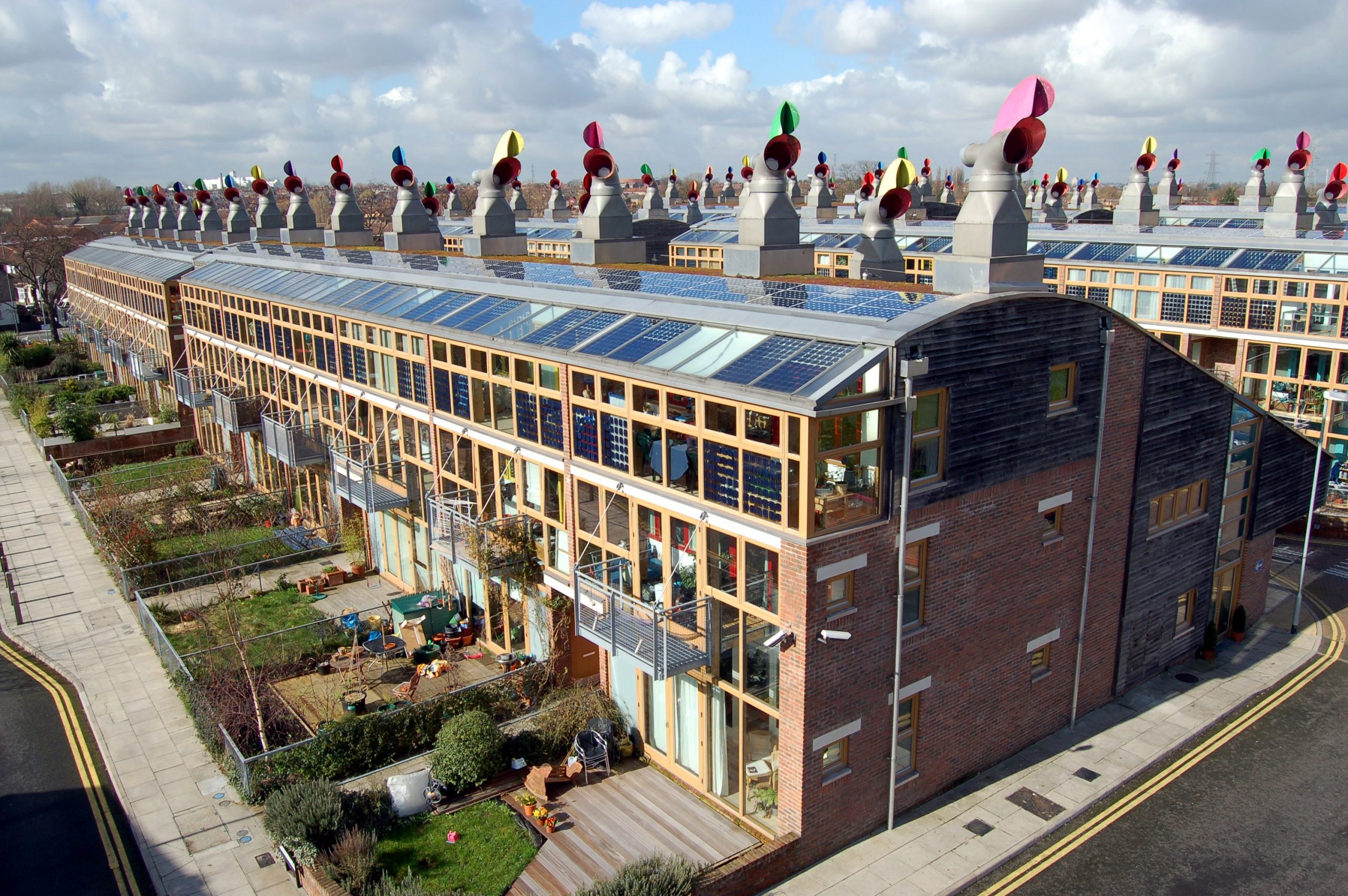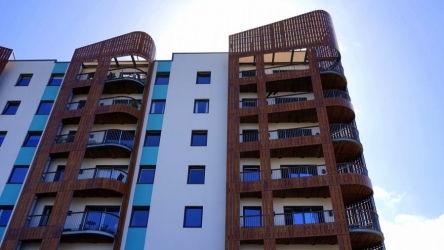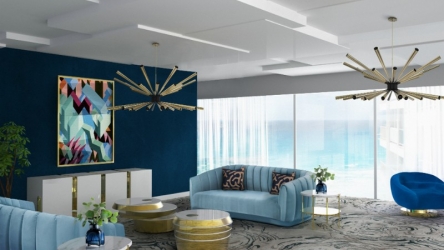
Let’s face it – whether you’re a global warming believer, a refusenik, or somewhere in between with the rest of the world, the earth is in some trouble. There are too many humans and not enough resources. In fact, the 7 billion of us are sucking up the natural resources at a fairly terrifying rate. Because of this, it’s urgent that developers and builders begin observing greener building habits – sooner rather than later.
What exactly do we mean when we talk about green buildings? That’s not as simple as it sounds, but the short answer is exactly what you’d expect. Green buildings conserve resources. This can take a few shapes in reality; buildings that use less operational energy, buildings that use ecologically sourced building materials, or some combination of the two.

Integrating environmental issues into building planning should be the norm, not the exception, and the growing global trend suggests that others are waking up to this as well. Let’s explore what green construction may look like.
Why is green building so crucial?
We have limited supplies for a whole lot of demand. Studies suggest that of the earth’s natural resources, several them are uncomfortably near failing to meet that demand. This includes:
- Fresh water, which could conceivably leave billions thirsting by 2025, if statistics are to be believed.
- Oil, which may not last the next fifty years if we don’t alter our current practices (the linked report suggests less than 44 years at existing usages).
- Coal, which should last another 200 years – an eyeblink in history.
- Natural gas, with reserves similar to those of the oil industry.
“Green” Buildings Through Conservation of Energy
One of the most important and common ways to make a building green is to control operating costs through the deliberate lowering of utility and energy costs. This is a hugely growing trend in places like Dubai, where the government has actually mandated green building practices. This can include:
- The use of solar heating systems or rainwater collectors.
- Use of “greywater” for non-potable applications, such as toilets or car washes.
- Hydro, solar, wind, or biomass systems to reduce dependence on traditional power.
- Optimization techniques to ensure responsible operation of the building.
- Waste reduction – reducing the amount of material that goes to landfills, composting on-site.
Green Buildings Through Sustainable Architecture
Speaking to experts like environmental building materials supplier Mark Bouri will lead to discussion of sustainable materials. Materials like dimension stone, recycled or repurposed stone or metal, and other non-toxic or renewable materials can reduce the carbon footprint of a building from the beginning.
Buildings that are designed to be green will make waste reduction and other operational considerations a great deal easier. Even at the demolition stage, such buildings may be designed for conscious deconstruction to allow reclamation of the materials.
One argument against green buildings is the cost, but it’s an argument that doesn’t – pardon the pun – hold water. While these buildings may cost an average 2% more to construct, they yield much more than that in returns during the life of the building.
Featured images:
License: Royalty Free or iStock
source: http://farm2.staticflickr.com/1239/1008213420_96f444f71a_o.jpg
About the author: Michael Newsham is a columnist, author, and musician who works in marketing and has long been committed to ecological concerns.







